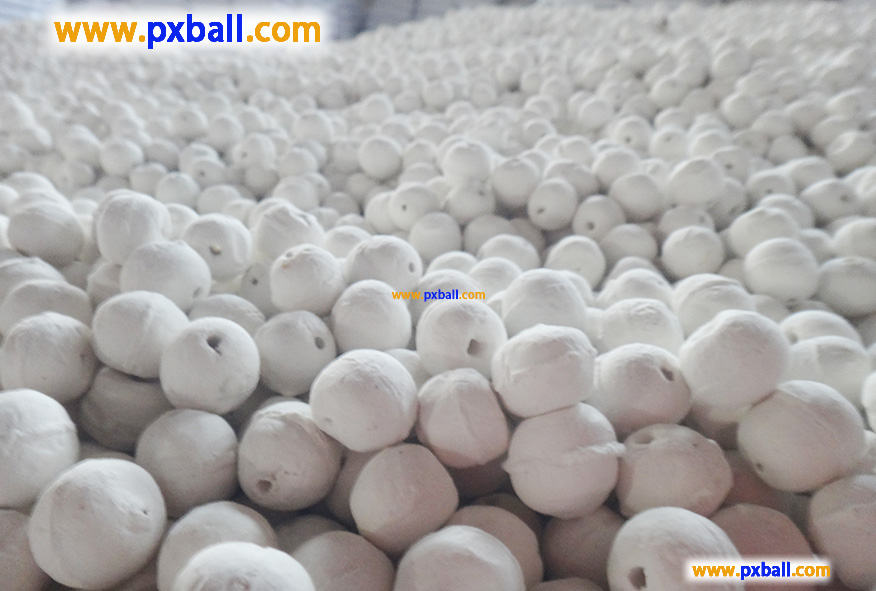
Company Introduction
We are a professional manufacturer of ceramic balls. Due to our many years of expertise, our quality is more reliable. As a direct factory, our prices are more competitive. From the raw materials of inert ceramic balls to the finished products, we will conduct thorough inspections on each item. Before each batch of inert ceramic balls leaves the factory, they will undergo physical property tests and chemical element tests, such as temperature resistance, strength, alumina content, iron content, etc.

Contact Information
Email: lizhi@pxball.cn
WeChat ID: pxlizhi
Phone: +86-13979913701
Note: After receiving information related to inert ceramic balls, the average response time for WeChat and email is 12 hours. Of course, during our working hours, it is about 10 minutes.
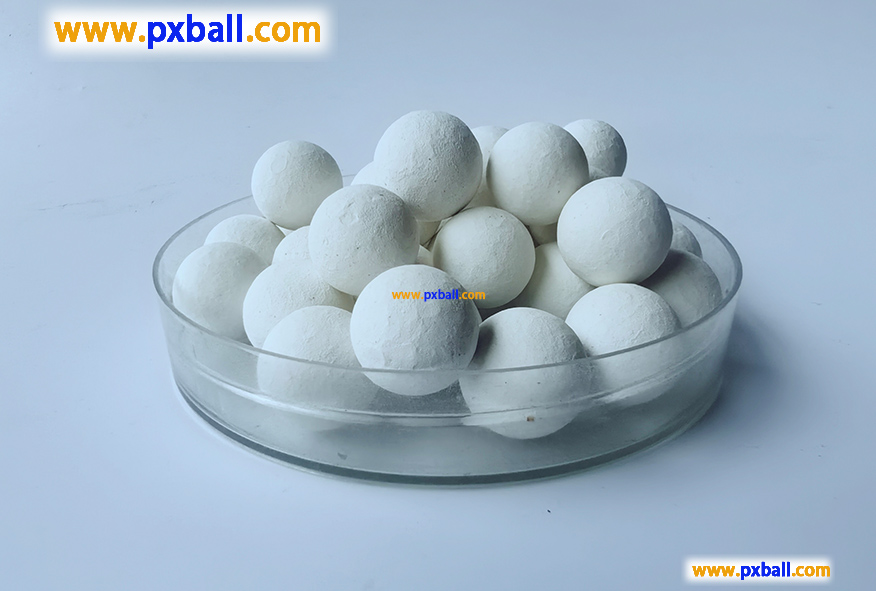
Selection of Specification and Size
Small-sized inert ceramic balls: Their diameters are mostly between a few millimeters and a dozen millimeters, such as 3mm, 6mm, 8mm, 10mm, 13mm, etc. These small-sized ceramic balls have a large specific surface area and are suitable for micro-reactors, precision filtration equipment, or scenarios where fine support for catalysts is required. They ensure smooth fluid flow, prevent clogging, and allow for thorough contact with substances in the fluid, thereby enhancing reaction and filtration efficiency.
Medium-sized inert ceramic balls: Their diameters are approximately between 16mm and 38mm, such as 16mm, 19mm, 20mm, 25mm, 30mm, 38mm, etc. These specifications are commonly used in general chemical reaction towers and small-scale petroleum refining equipment. They provide stable support and uniform distribution of fluids while meeting the production demands of a certain scale of industrial operations.
Large-sized inert ceramic balls: Their diameters are typically 50mm and above, with common sizes including 50mm, 60mm, 75mm, etc. They are mainly used in large reactors, large filters, and large-scale petrochemical facilities. Due to their high strength and wear resistance, they can operate stably for long periods in harsh environments with high pressure, high-speed fluids, and large equipment, effectively filtering fluid impurities and providing reliable support for catalysts within large-scale equipment.
Notes: In practical applications, the selection of inert ceramic ball specifications usually follows the 2X rule (gradation principle), meaning the diameter of the ceramic balls should be twice that of the adjacent catalysts. This ensures the most uniform distribution of gas or materials and the minimum pressure drop, optimizing the operation of the reactor. At the same time, the specific type of equipment, process requirements, fluid characteristics, and other factors must be comprehensively considered to determine the most suitable inert ceramic ball specification.

Ceramic ball varieties
Ceramic balls are classified as low-alumina ceramic balls, medium-alumina ceramic balls, and high-alumina ceramic balls based on the proportion of aluminum oxide content.
In terms of appearance, they are divided into solid ceramic balls, perforated ceramic balls, multi-pored ceramic balls, concave-convex ceramic balls, grooved perforated ceramic balls, etc.
Case Study
Case One: Petrochemical Industry - Catalytic Cracking Unit
In a large-scale oil refining and chemical enterprise's catalytic cracking unit, inert ceramic balls play a crucial role. Catalytic cracking is an important process for converting heavy oil into light oil. The internal temperature of this unit can reach 500 - 600℃, and it is accompanied by high-speed flowing oil and gas.
Previously, the ordinary support materials used in the unit had a short lifespan, and frequent replacements not only increased costs but also affected production efficiency. Later, inert ceramic balls were introduced as the support and covering material for the catalyst bed. Their high strength enables them to withstand the dual pressure of the catalyst and oil gas without breaking easily; their high chemical stability ensures they do not react with oil gas and catalysts in complex chemical environments; and their excellent thermal stability guarantees structural stability in high-temperature conditions.
After using inert ceramic balls, the lifespan of the catalyst was extended by 30%, and the continuous operation time of the unit increased from the original 3 months to 4.5 months. This saves the enterprise approximately 5 million yuan in equipment maintenance and shutdown costs annually.
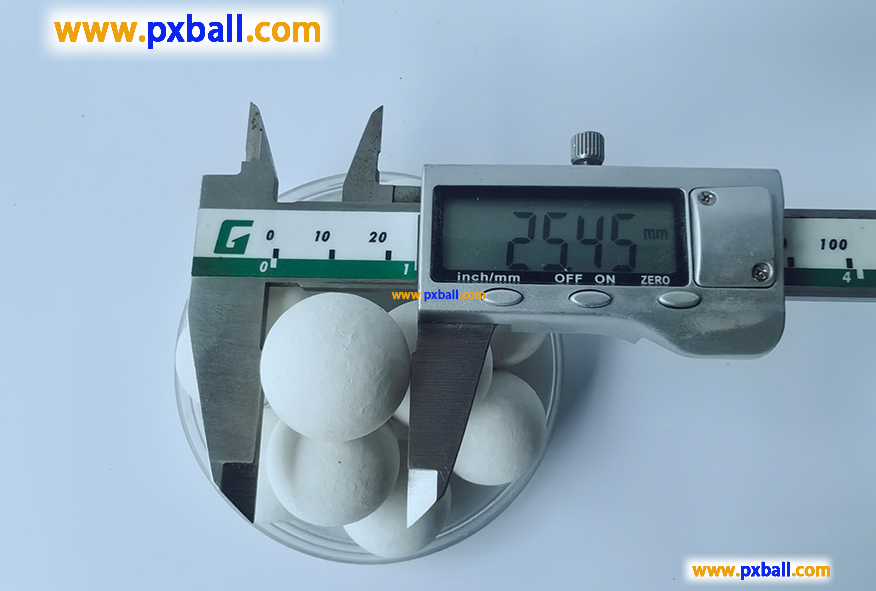
Case Study of a Porcelain Ball Manufacturer: Synthesis of Ammonia in Fertilizer Production
In the ammonia synthesis unit of a large-scale fertilizer production enterprise, inert porcelain balls are used inside the synthesis tower. The ammonia synthesis reaction is carried out under harsh conditions, requiring high temperatures (400 - 500°C) and high pressures (15 - 30 MPa), and the reaction gases are somewhat corrosive.
The inert porcelain balls are filled between the catalyst layers. On one hand, they support the catalyst, preventing it from piling up and deforming due to high pressure. On the other hand, they evenly distribute the reaction gases, ensuring full contact between the gases and the catalyst, thereby enhancing the reaction efficiency. Additionally, their high thermal and chemical stability guarantee long-term stable operation under severe reaction conditions.
After the application of inert porcelain balls, the production capacity of the ammonia synthesis unit increased by 15%, and the energy consumption per unit product decreased by 10%, significantly improving the economic benefits and market competitiveness of the enterprise.

Porcelain Ball Manufacturers
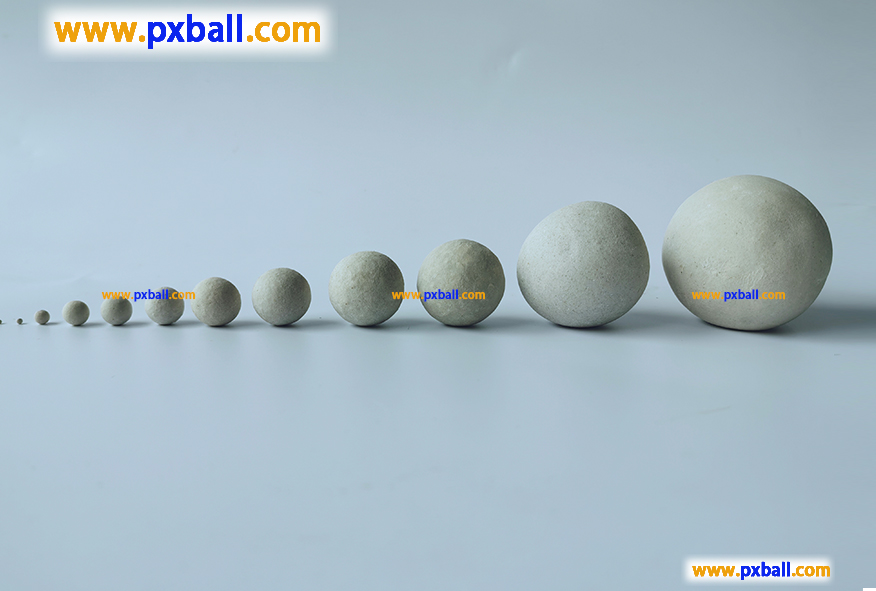
Ceramic Ball Manufacturers
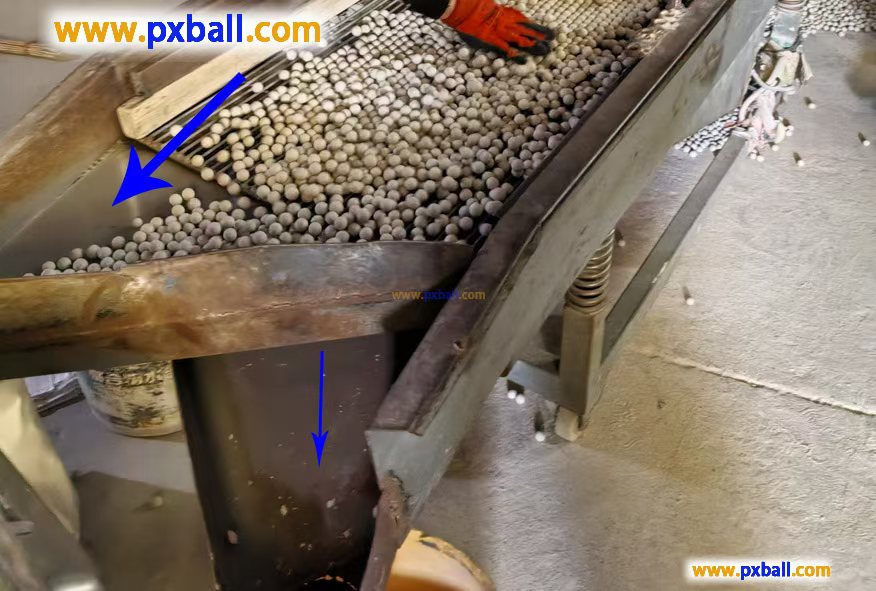
ceramic alumina balls
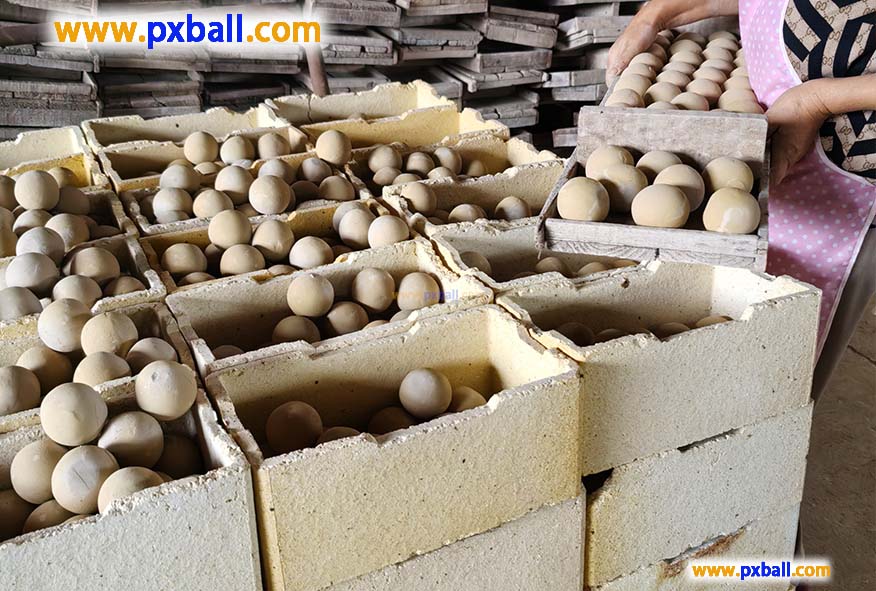
Handmade ceramic balls
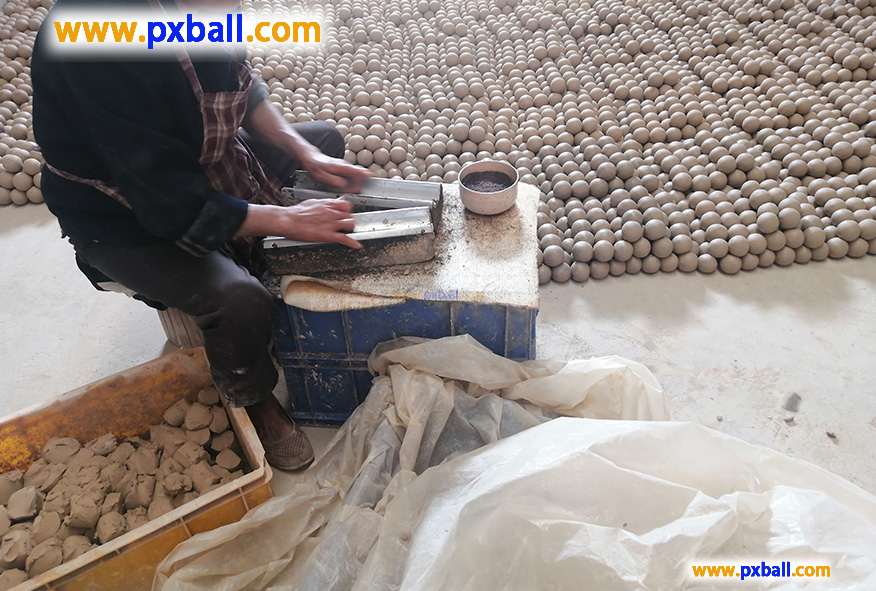
Production Method of Inert Ceramic Balls
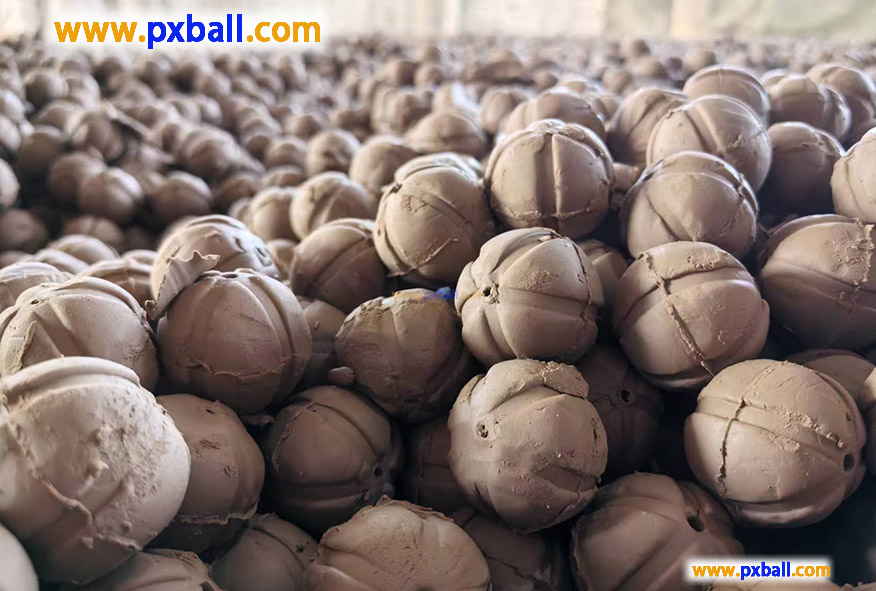
ceramic ball with hole
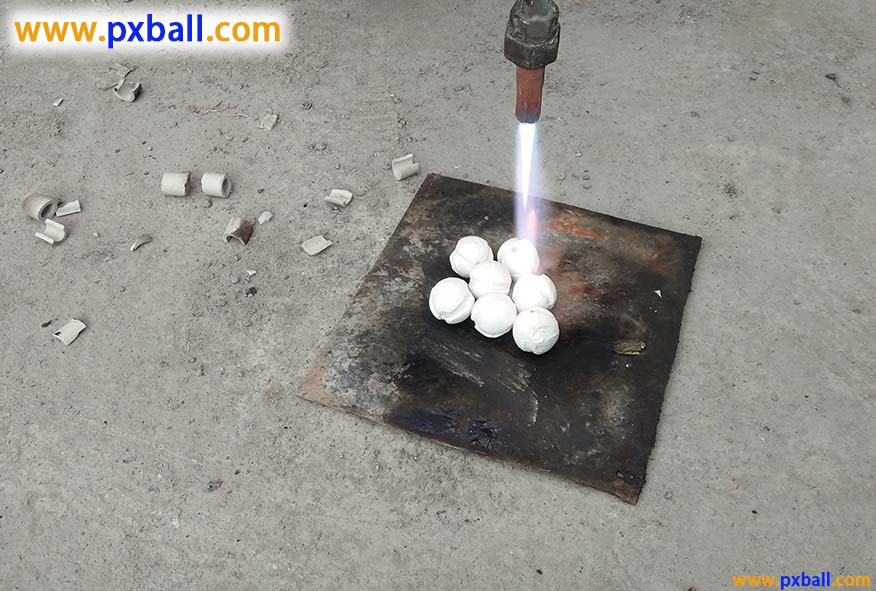
high teperature ceramic balls
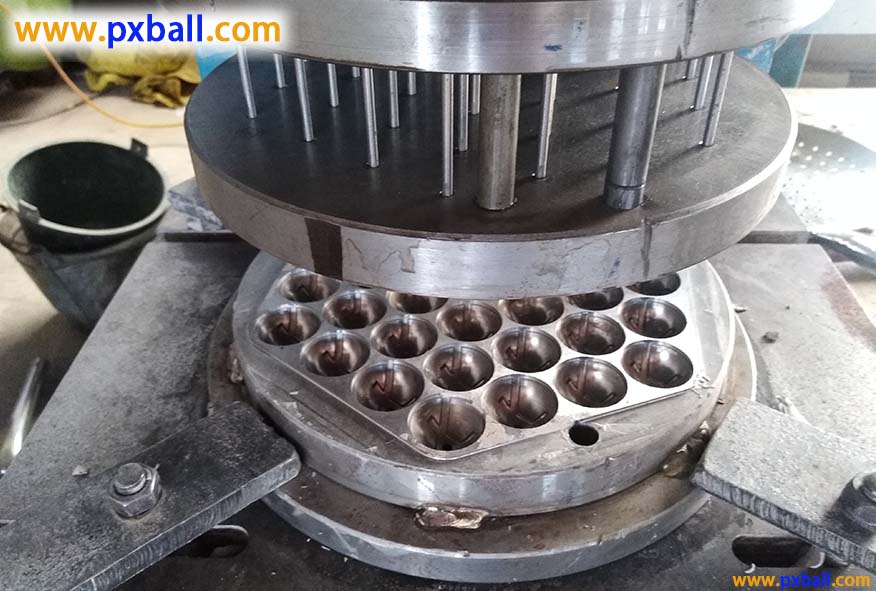
ceramic ball with holes